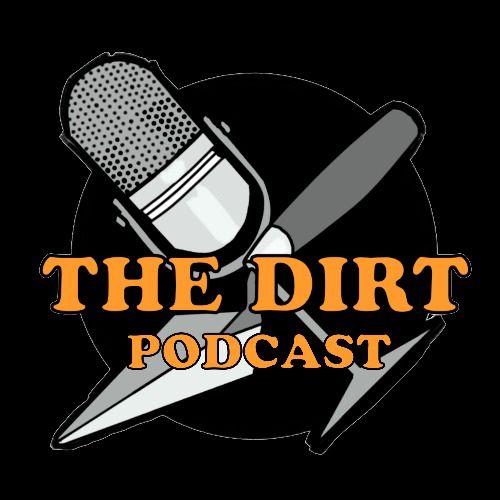Episode 9
Mythconceptions
This week we're pushing our "um, actually" glasses up the bridge of our nose and busting some myths about archaeology. Was 30 the new 80 in the Paleolithic? Would someone from the Middle Ages be too short to ride a rollercoaster? Carbon dating is pretty precise, right? Can we tell if a skeleton is a lady? All this and more!
To learn more about this week's topic, check out:
The idea ancient people didn’t live until old age is a myth (Quartz)
Life Span of Early Man Same as Neanderthals’ (New York Times)
Life Expectancy by Age, 1850–2011 (Infoplease)
Global Health Observatory (GHO) data: Life expectancy (World Health Organization)
What Serena Williams’s scary childbirth story says about medical treatment of black women (Vox)
Zollikofer, Christoph PE, et al. "Evidence for interpersonal violence in the St. Césaire Neanderthal." Proceedings of the National Academy of Sciences 99.9 (2002): 6444-6448.
Neanderthals Took Care of Deaf and Disabled Buddy Until Old Age (Ancient Origins)
7,000-Year-Old Head Surgery: One of the Oldest Trepanned Skulls Discovered in Sudan (Ancient Origins)
Trepanation: The History of One of the World's Oldest Surgeries (Mental Floss)
Potts, DT, Al Naboodah, H, Hellyer, P. (2003) Archaeology of the United Arab Emirates. Trident Press.
(And hey, don’t @ Amber: she knows there are indeed other Neolithic sites in the Oman Peninsula! Check out the work happening at sites like Al Ain and Qumayrah.)
Molto, J. E., and C. L. Kirkpatrick. "How Short Is Short, and Why? A Probable Case of Proportionate Dwarfism From Egypt's Third Intermediate Period in the Dakhleh Oasis, Egypt." International Journal of Osteoarchaeology 28.1 (2018): 3-17.
What is radiocarbon dating? (EarthSky)
Quick Tips: How to Estimate the Biological Sex of a Human Skeleton – Pelvic Dimorphism. (All Things AAFS!)
Masculinities and Third Gender: Gendered Otherness in the Ancient Near East (Ancient Near East Today)
Different Faces of Gender in the Marlik Cemetery (Northern Iran) (ASOR Blog)

